My Wife Wanted to Divorce Me Over Dinner, but Her Next Move Made Everything Worse

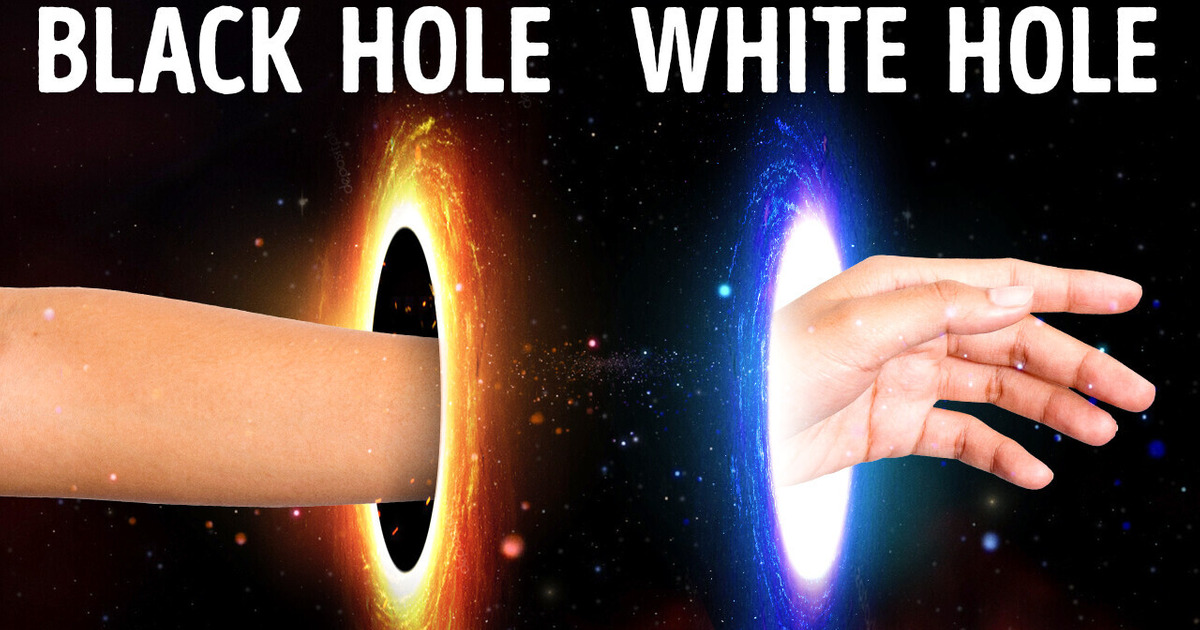
We all know about black holes. But what about their mysterious twin siblings — white holes? Have you ever even heard about these guys? Do they even exist? And the most important question of them all — are these two actually a big interdimensional portal?
Let’s find out. A black hole is a creepy space object with an INCREDIBLY strong attractive force. Its gravitation is so great that even light cannot escape from it. That’s why it seems black to us.
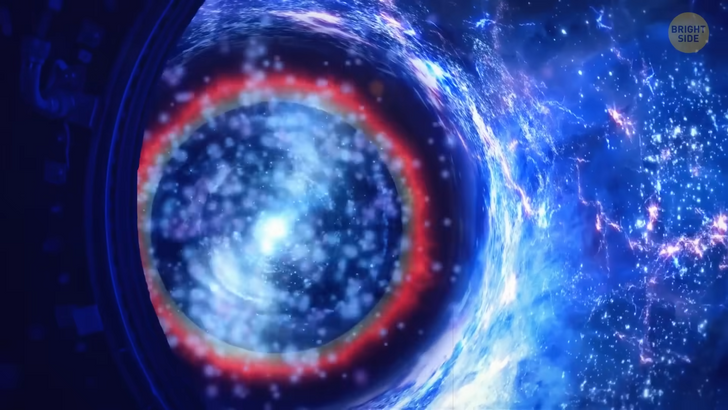
They appear when stars at least 3 times bigger than our Sun completely burn out. Turning old, such a star begins to shed layers of gas and decrease in size. Its core shrinks and shrinks until it turns into a small ball with HUGE pressure inside. And when it can’t withstand this pressure anymore, it goes boom, collapsing on itself and becoming a black hole.
And yeah, we still have a lot to learn about these guys... But at least we have some rough idea about them. But what about white holes? Why do we hear about them so rarely, and why don’t we know anything about them? White holes are theoretical space objects that are basically the “opposites of black holes.” If black holes eat everything they see, then white holes, on the contrary, don’t let anything enter them. By the way, “white holes” is just a name.
To us, they wouldn’t actually look white. Imagine traveling in a spaceship. Suddenly, you see something that looks like a typical black hole. It’s surrounded by a bright, rotating, massive ring of space dust and gas. But if you continue to watch, you’ll see something unusual. This hole will spit out some matter from its center. Something like this is impossible with black holes. Only at this moment will you realize that this is a white hole — because, visually, they have no difference.
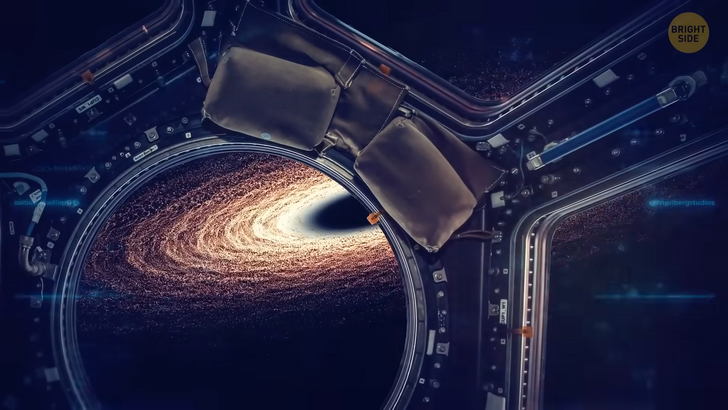
Both of these space phenomena have the so-called “event horizon,” which is something like a boundary. For a black hole, this boundary becomes the point of no return — if you cross it, there’s no way back for you. But for a white hole, it’s more like an invisible wall you can’t get through. It’s like an exclusive club... for no one. Here’s something interesting to think about.
Once, a white hole got a huge amount of material from somewhere... somehow. But then, it stopped absorbing this material and started spitting it out. So that means that it spits out the remnants of the past! But what exactly is this past? Can a white hole spit out something that once existed and has long disappeared? Can these things somehow affect our world? This thought may be a little worrying, but you can relax.
The thing is, we haven’t discovered even a single white hole yet. It may be because we have very little actual knowledge about space. In the 20th century, Albert Einstein and his general theory of relativity hit physics like a tsunami. He discovered something incredible — that gravity, as an invisible almighty force, is able to “bend” space and time. This discovery was a real breakthrough!
That’s when scientists first suggested the existence of black holes. But it took them more than 40 YEARS to understand these space objects... or even prove their existence! Only recently did we receive the first photo of a black hole located in the center of the galaxy M87. You might remember that one.
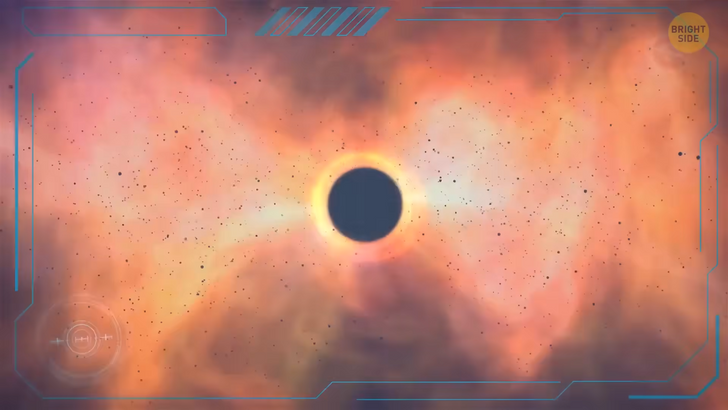
Many people laughed at the fact that it was “too blurry,” but we really should give scientists more credit. This photo was obtained through international collaboration of space stations and 8 ground-based telescopes. So, basically, we needed a HUGE amount of effort and resources to get even small proof of the existence of black holes. No wonder we still haven’t discovered their twins! But on the other hand, many scientists now think that white holes may not even exist.
For a long time, they were a logical conclusion of the theory of relativity. If black holes exist, why shouldn’t white holes appear in the Universe? But recently, scientists have begun to question if white holes are even possible. We know how black holes are born. But for a white hole to appear, this whole process needs to be reversed, which doesn’t make a lot of sense.
We can take an egg and turn it into an omelet. But how do we turn an omelet back into a whole egg? That’s not only about food — at first, everything in the Universe has some clear, definite shape. And then, over time, it becomes more and more chaotic. This is one of the Universe’s statistical laws.
Moreover, it seems like white holes wouldn’t be able to exist for a long time. They would throw a lot of their mass and material into space. All this would gather and gather around them... until, eventually, a white hole would collapse and form another black hole. What a weird cycle!
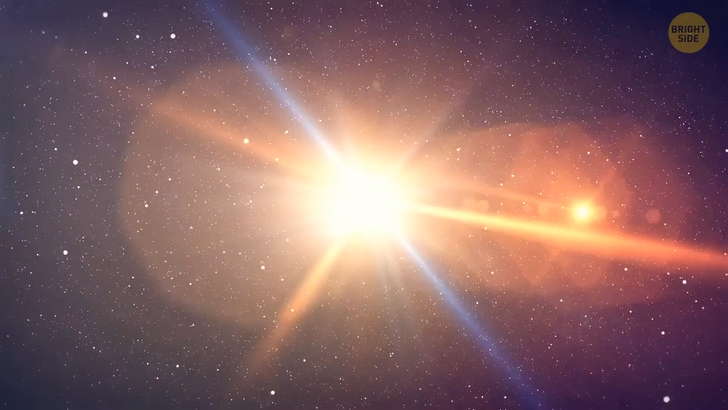
But this is what this process looks like if you use “common sense.” But we all know that the Universe is way too cool for our small, simple brains. There are so many things in it that don’t make any sense, but they still exist! Some physicists are trying to bring white holes back from scientific oblivion. Their main argument begins with the question: what happens with things that enter a black hole?
They can’t just disappear into nowhere. According to physics, no matter in the Universe can simply turn into nothing. It never disappears; it just changes. So, what happens inside a black hole? What happens to a black hole itself when its lifespan expires? And how is a white hole born? As you’ve probably guessed, these questions may all have one answer. The two holes must be interconnected.
And they may even be some sort of a portal. For this to be true, we need to violate the equations of general relativity. And we know that Einstein’s theory has been considered inviolable for years. But here’s a fun fact — we DID finally challenge it in 2022! Three scientists got the Nobel Prize for proving that Einstein wasn’t right about many things. And the Universe is way more complicated than we thought.
In other words, white holes can really exist. They might be kinda crazy and incomprehensible to us, but their existence is still possible. If they did, how would they work? Well, we have a few ideas. For example, some suggest that a white hole could be a “child” of a black hole. Over time, a black hole could grow old and become very small. Then, the processes taking place in it would cease to obey common sense.
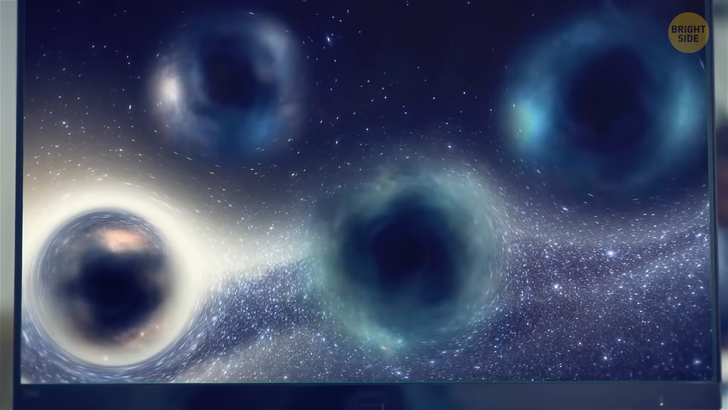
Pure quantum randomness would come into play. Yada yada, particles create some madness and chaos, and boom — a black hole turns into a white hole. Such a white hole would be the size of a tiny particle and weigh about as much as a strand of human hair. It wouldn’t have the incredible gravitational mass of its ancestor. But it would have its “insides.”
In other words, this white hole would store everything that the black hole swallowed in its previous life. And sooner or later, it would start spitting this information out. If this theory is true, then, one day, white holes may begin to dominate our entire Universe. This could happen when all the stars burn out and all the black holes “dry up.”
But that’s in the most distant future you can imagine. We’re talking about trillions of years in the future here. The Universe may not even survive for so long. There’s also another option — maybe our entire Universe is the creation of a white hole.

Some physicists say that the Big Bang looks suspiciously like the potential behavior of a white hole. Both of them are very similar mathematically. And who knows? Maybe they’re right.
In any case, there are tons of things in our Universe we have no idea about. And maybe one day, we’ll discover the secret of these twins. Let’s just hope that they’ll turn out to be some cool interdimensional portals.











